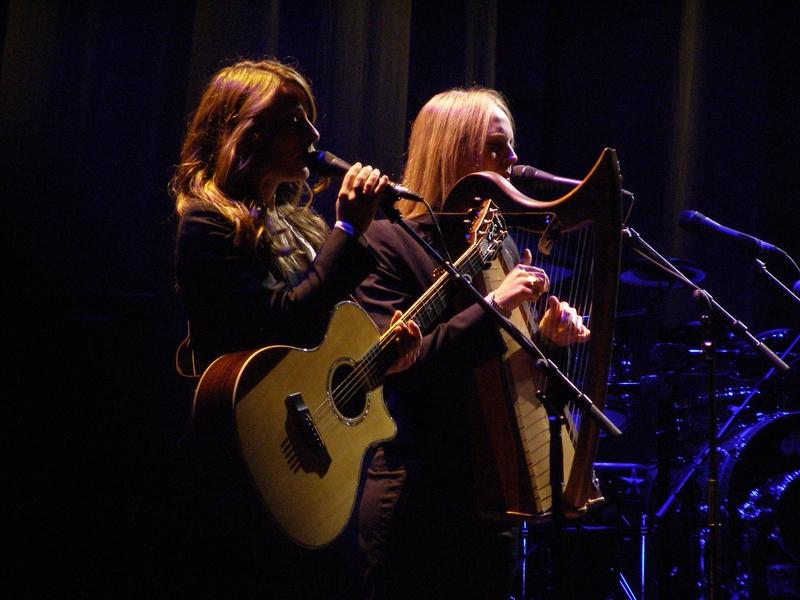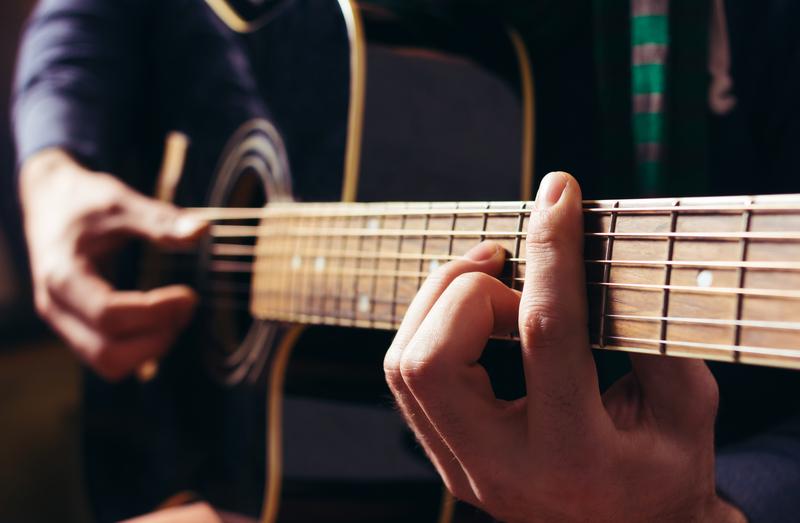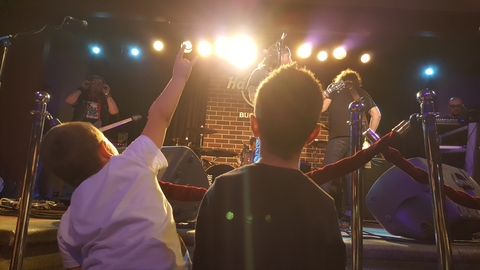Your Guide to harmonies music and songwriting

Your Guide to harmonies music and songwriting
There are three main elements required when making music: melody, harmony, and rhythm. However, harmonies are responsible for making the music sound memorable.
The legendary rock band, The Beatles, became famous for their brilliant harmonies. The three scousers had an uncanny way of crafting their harmonies together. With all that said, harmonies—although they sound simple on the ears—can be challenging to create because they’re often sophisticated.
In this article, we’re going to talk about harmonies and why they’re so important to music:
What Is Harmony In Music?
A harmony is the sound of two or more notes coming together at once. For example, when a band like The Beatles uses the vocals of all three singers—John, Paul, and George—to form one cohesive sound.
However, harmonies can apply to musical instruments too. For instance, a violinist, a flute player, and a trombonist play notes together, they can create harmony.
How Is Harmony Used in Music?’
A composer can fully script a harmony, or the composer can outline it and the performers will fully express it. The orchestral scenario below is a prime example of a tightly scripted harmony by a composer.

For example, the composer assigned many notes from specific instruments to form chords, which is a common practice in European classical music.
Let’s take a look at how harmony is represented in music:
Musicians typically analyse harmonies as a series of chords. In a hypothetical orchestra, if the flautist was playing a high A, the violinist bowed a #C, and the trombonist used an F#, those notes would create an F# minor triad. So although each musician was playing an individual note, together they would play an F# minor chord.
So let’s break that down more: when all instruments in an ensemble play notes that fit the same chord, musicians call this a consonant chord. However, when players use a melodic line that doesn’t match a set of chords, they call this a dissonant chord.
Still, that doesn’t mean some musicians don’t intentionally use a dissonant chord. Some composers will use them, but it’s not common in Western music and typically not pleasing to the average Western ear.
How To Create Harmony?
If you want to harmonise when singing lyrics or harmonise on an instrument, you’ll need to focus on the song’s chord progression and the scale upon which the melody is based. Usually, it’s either a major scale or a minor scale. Here are some examples:
- Thirds: The most popular type of harmonisation is the third below or third above the melody note. For example, if the melody of your favourite song has the note A over the F major chord, the melody is using the third scale degree. Therefore, you’d need to sing a minor third above the A note or a major third below the A note to harmonise. These harmonies are typically very pleasing to the Western ear.
- Fourths and fifths: If you’re looking to create a super distinctive sound, harmonising with fourths and fifths will build a distinctive sound. This harmony mixes well with the platonic sounds of the music in the far east.
- Octaves: When male and female vocalists sing together, they’ll often sing an octave apart due to the differences in the vocal range. Octave harmonies are great for creating a denser sound on instruments.
- Close harmonies: If you want to create the iconic sound of pop groups like The Beach Boys, you’ll need to arrange harmony notes close together. If you’re using a few tensions of chord tones, you can generate a harmonic sound, especially if the harmonies move together to follow the melody. Most singers will take years of practice to master close harmonies, but once they do, the results can be incredible.
The Three Types of Music Harmony
There are many forms of harmony. However, there are three forms of harmony that are the most important and historic:
1. Diatonic Harmony
Diatonic harmony is one of the most popular forms of harmony; this is where the chords and notes trace back to the master scale. If you’re in the key of Ab major, all the notes and chords played from the seven notes will compromise the Ab major scale. Check the key signature if you’re not sure what key you’re in.
You can find diatonic harmony in everything from ancient Greek musicians to Renaissance chorales to modern pop hits.
2. Non-diatonic Harmony
Non-diatonic harmonies are also very popular in Western popular music. A non-diatonic harmony presents notes that aren’t part of the same master scale. You’ll typically find this harmony in jazz, but it can also appear in all genres of music.
For example, if you’re in the key of AB major and you play a Bb7 chord, it can sound edgy and quite memorable. A great example of this is “Somebody to Love” by Queen. When Freddy sings the ‘I’ve just gotta get out of this prison cell’ line, the word out falls on a Bb chord in the key of Ab.
However, non-diatonic harmonies are not new concepts. You can date non-diatonic harmonies back 400 years when figures like Johan Sebastian used them. They remain a master tutorial in the creation of non-diatonic notes.
3. Atonal Harmony
An atonal harmony doesn’t have a tonal centre because it isn’t built on a scale that’s major or minor. Atonal harmonies are very popular in classical music. They were largely the creation of Arnold Schoenberg.
However, he disliked the phrase atonal but described his technique as twelve-tone music. Atonal harmonies became highly popular in the free jazz movement inspired by Don Cherry and others.
How To Write Amazing Vocal Music Harmony
With the basics out of the way, let’s look at three ways to write incredible vocal harmonies that catch the ears of your listeners:

1. Use Parallel Motion To Build Your Chords
Parallel motion is the simplest way to create a solid vocal harmony line; it’s one of the most commonly used methods to create vocal harmonies. They almost always sound great and they’re simple to sing.
To create a parallel harmony, you have to build a line that tracks the same melodic contour on top of the original. The line must follow the same notes in the song’s keys to sound good. If you need help finding the right notes to use in the key, you should learn about key signatures.
What’s more, most parallel harmony vocals begin with a third interval before the main melody line. However, if you keep the harmony line a third above and follow the pattern of the song’s key, you’ll end up with a usable vocal harmony. Not too hard, right?
2. Use a Second Complimentary Melody
Have you ever listened to a vocal line and heard the sound of another melody floating on top? That’s a second complimentary melody. Sometimes, simple lines and hooks can lend themselves to become catchy countermelodies.
There are plenty of great ways to come up with superb complimentary melodies. However, some of the best options come from working on the fly and improvising. You can create a compelling secondary harmony by resting one voice on a single note while another continues the melody.
3. Use a Pedal Point for Easy Oblique Motion
You can create a compelling harmony by leaving one voice resting on a single note. At the same time, ensure the other melody is continuing and you have a pedal point. This harmony is very common in pop music and film music.
Find passages in the music where you can rest the vocal harmony and use an interesting oblique motion with the main melody.
What Is Implied Harmony In Music?
In many cases, musicians don’t play all the notes in a chord. Instead, they will use implied harmony to let the listener fill in whatever is missing. This harmony is very popular in jazz music.
Let’s look at some examples with the dominant 7th chord:
- Dominant chords include 4 pitches: the major 3rd, the root, the 5th, and the dominant 7th.
- A real example is a G7 chord, which consists of G (the root), B (the major 3rd), D (the 5th), and F (the dominant 7th).
Let’s look at a jazz ensemble including two saxophones, both playing a note at a time:
- The primary goal is to create a G7 chord; however, due to the limitations of the saxophones, you can only have two notes that sound the same at once.
- A rock player, for example, may choose the root and the 5th for the most prominent sound. However, a jazz player will likely choose the 3rd or 7th because those notes can establish the character of the dominant 7th. So they would need to play the B and F chord to imply a G chord.
In addition, bass players also play only one note at a time. For example, a bass player might play the note F, the root of a chord. However, is it F diminished, F minor, or F major? By using the theory of tonal harmony, you can establish what the full chord should be.
For example, it’s an F major chord if you’re in the key of D minor. In contrast, if you’re in the Eb minor key, it’s almost certainly an F-diminished chord. That’s due to the F-diminished being connected with the Eb minor scale.
Common Examples of Harmonies In Music
A popular way for composers to express harmonies is to declare a particular chord progression. Then, allow players to create their parts to fit that progression. For example, let’s look at the song “Down on the Corner” by Creedence Clearwater Revival:
- They wrote the song in the key of C major
- They use a common progression of chords for that particular key, fluctuating between a C major triad and G major triad, with F major triads used at various points.
- As a result, the instrumentalists use the C major scale to write parts that fit into the chord progression.
During the introduction, the rhythm guitarist Tom Fogerty plays 5-note and 6-note chords, guitarist John Fogerty creates a melody on the C major, and Stu Cook plays a bass line that’s mainly single notes. Everyone is in harmony and following the overall key of C major.
6. Consonant Chord and Dissonant Chord
Consonant chords are a mixture of notes that sound excellent together. For example, the middle C and the G above it often sound excellent together.
On the contrary, dissonant chords are mixtures of combinations that sound jarring, such as middle C and C sharp above.
Chord Progression and Music Theory
The Main Chords You Need to Know
If you want to create superb harmonies, you’ll need to use brilliant chord progressions. A chord progression is simply the name for a series of chords.
They often repeat during a song; it’s also typical for a song’s chorus to feature a different chord progression, resulting in greater variety.
Here are the different chords you’ll encounter in music theory:
1. Major Chords
If you hear a major chord, you’ll notice how it sounds resolved and complete. Many songs, including the iconic Happy Birthday, were written with major chords. Musicians often add the intervals of a major third and perfect fifth above the root.
2. Minor Chords
Minor chords sound different from major chords because they’re pensive and morose. However, musicians utilise minor chords to create various emotions. They often add a minor third and the perfect fifth above the root to create a minor chord.
3. Diminished Chords
If you need to add tension to your music to help with the harmony, you should use diminished chords. You can hear a diminished chord in many songs, including “God Only Knows” by the Beach Boys.
4. Augmented Chords
If you want your music to sound slightly weird and offbeat—i.e something from a science fiction movie—you should use augmented chords. Musicians build augmented chords with simple major chords by adding simple major chords.
5. Tonic Chords
A tonic chord is the first chord in a piece of music. Similarly to the triad, musicians build it on the tonic note. The tonic chord is the root of the song or the melody which creates the tonal centre of the composition.
Creating superb music is all about building tension and resolving it. Most musicians achieve this by coming back to the tonic chord in the song. What’s more, they use tonic chords at the start and end of major movements and motifs.
6. Consonant Chord and Dissonant Chord
Consonant chords are a mixture of notes that sound excellent together. For example, the middle C and the G above it often sound excellent together.
On the contrary, dissonant chords are mixtures of combinations that sound jarring, such as middle C and C sharp above.
The Difference Between Major Chord and Minor Chord
To create excellent harmonies, you’ll need to understand the difference between major and minor chords. Here’s the truth in music theory: the difference between a major and a minor chord comes down to the 3rd in a scale.
For example, a major chord includes the 1st, 3rd, and 5th notes of the major scale. A minor chord includes the 1st, flattened 3rd, and 5th notes of the major scale.
You can apply this formula to determine the difference between major scales, minor scales, and chords. Music is all about patterns; once you know the rules, you can figure out most things on your own. With practice, it’ll be second nature to transition between minor and major chords and build your harmonies from there.
What Is Tonal Music?
The concept of tonal music matters greatly when you’re building harmony. However, tonal music isn’t well understood by the world. So, we’ll explain it.
Tonality, often called tonal music, is music that includes a tonic. In most cases, tonal music works by establishing a tonic, moving away from it, and returning to it throughout the song. Tonal music started in the 17th century with its theory, harmony, and melody techniques.
Let’s look at the six levels of tonal organisation in music theory:
- Level 1 notes: Notes are the first level of tonal organisation.
- Level 2 scales: Scales are the second half of tonal organisation.
- Level 3 intervals: Intervals are the third level of tonal organisation.
- Level 4 chords: The fourth level of tonal organisation is chords.
- Level 5 chord progressions: The fifth level of tonal organisation is chord progressions.
- Level 6 songs: The sixth level of chord progression is tonal organisation.
In short, as long as a piece of music is written in a particular key, it’s tonal music. As a result, country, jazz, funk, rock, and many other popular Western genres of music are tonal because they’re played on a certain key.
How to Harmonise on Guitar
Creating excellent guitar harmonies is all about mixing and matching intervals against each other. No matter what genre you like listening to, the method of creating harmonies on guitar will remain the same.

The best way to think of harmonies on guitar is to remember they are essentially small chords. The genre and style will be directed by the individuals you build up and the guitar tone used by yourself.
If you’re looking for a heavier guitar harmony, you should check out tri-tones and flat second intervals. If you’d rather try a jam-band sound, look at major thirds and sixths to begin.
In addition, you must make some adjustments if there is a non-diatonic note in the lick you’re building your harmony off. Play around with the third and fifth intervals to ensure the guitar parts stand out.
Major or Minor Key: How To Tell the Difference?
If all the chords are the same between major and minor keys, what makes a major key different from a minor key? Here’s the answer: where the harmonic centre of the music is. In simple words, where the music resolves or comes to rest.
Introductions to songs are supposed to drive you to the heart of the song. However, you can’t always determine a song’s key by its introduction. A more reliable place to determine a song’s key is the end.
Occasionally, songs will have both a major key and a minor key. Bob Marley’s iconic hit “Could You Be Loved” is a prime example of verses that revolved around the minor key and the major key.
Remember, always listen to where the harmonic centre is within the song. That’s what determines whether the song is a minor or major key, and it’s a great way to determine the song’s key.
Master Your Songwriting Skills Today
Learning how to write songs can be challenging. You’ll need to study some music theory, know how to calculate songwriting splits, and practise for hours.
In addition, mastering harmonies and melodies will take time. But the best way to boost your skills is through songwriting courses. With an online songwriting guide, you’ll create incredible songs in no time.
You can break down each module and master the songwriting process slowly and effectively from the comfort of your own home. They even have special tips from professional musicians to help you optimise your creativity.
From the blog

Rockstars in Training: The Best Kids’ Electric Guitars for 2024

Redefining Your Riffs: How Electric Guitar Strings Shape Your Sound


